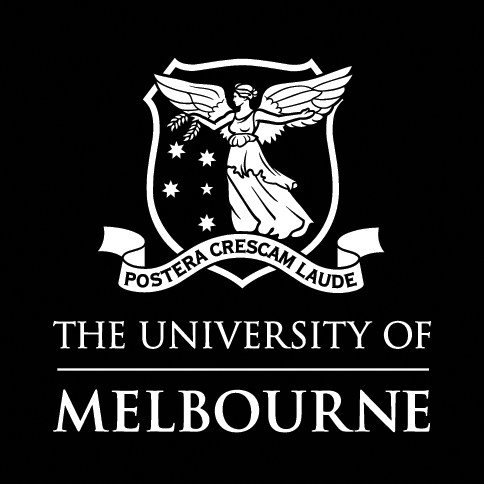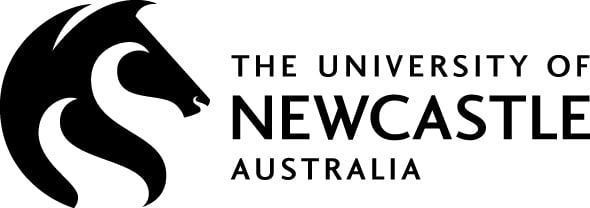Nikita Bhopti reviews Common Ground x Wellbeing in the Built Environment, a collaboration between EmAGN and AILA Fresh to discuss wellbeing in the built environment.
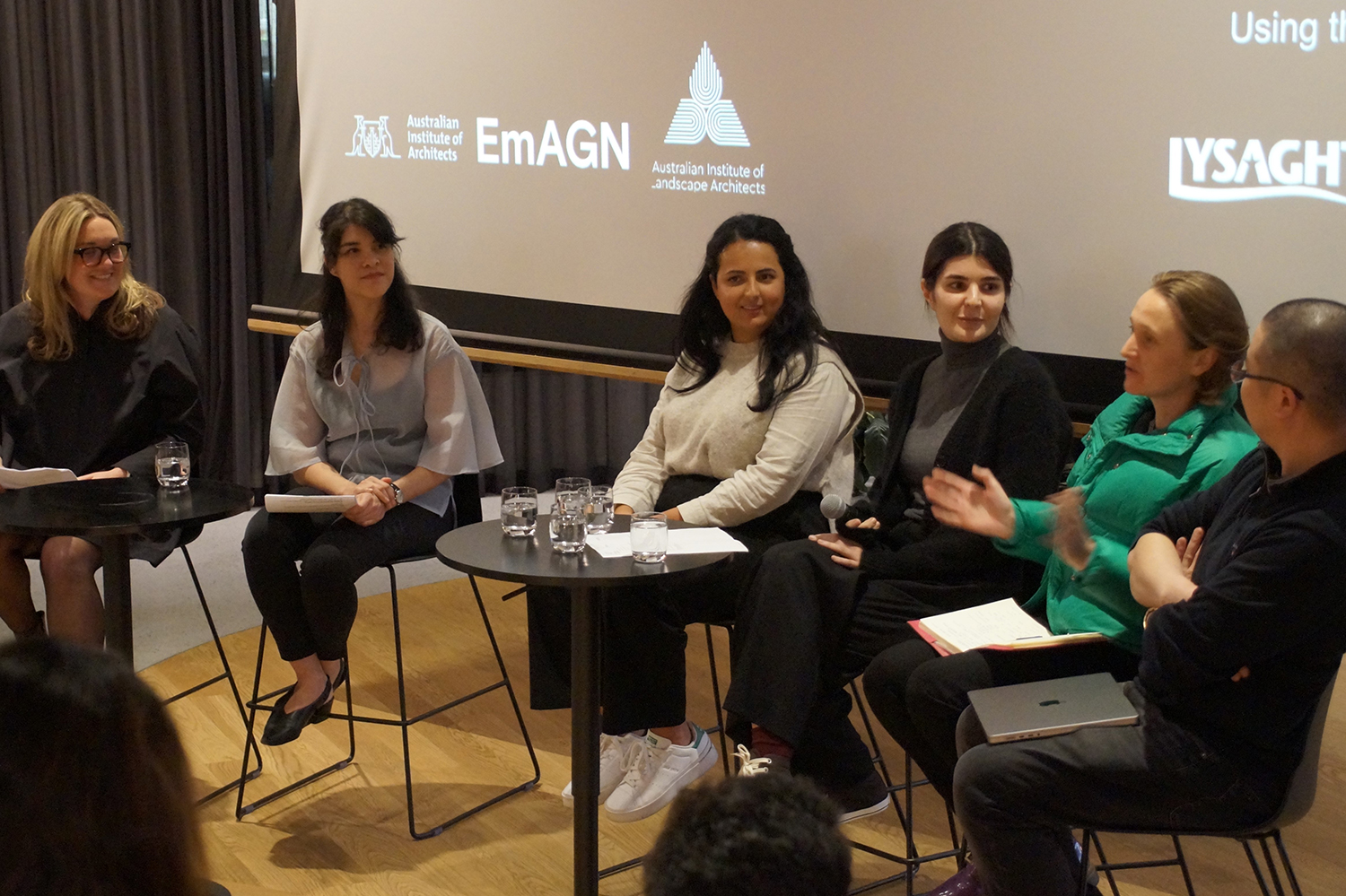
In September 2024, EmAGN and AILA Fresh brought together six speakers for a panel discussion about Wellbeing in the Built Environment, chaired by Malisa Benjamins and Alison McFadyen. The speakers were: Dr Ha Thai, Lecturer in Landscape at RMIT School of Architecture and Urban Design, Marti Fooks, Director of Fooks Landscape Architecture and Urban Design; Stephanie Clarke, senior interior designer at ClarkeHopkinsClarke and Mina Alavi, associate at NH Architecture.
Curiously, among these six speakers, not one of them could define wellness in a sentence. Perhaps that is because there are so many facets to wellness.
In fact, the concept of personal ‘wellbeing’ does have specific definitions – these are set out in The Wellbeing of Architects research project and the associated Guides to Wellbeing in Architecture Practice, which focus on wellbeing within office culture.
At this event, it became apparent that broader ideas of ‘wellness’ can also provide a useful lens through which architects and designers can consider various aspects of their professions and its impact. This article offers a set of themes from the event to spark ideas and further thinking.
Wellness in the urban realm
What is landscape architecture? Dr Ha Thai points out that there is no easy answer to this apparently simple question. He admits to “not being confident enough to point to a pavement and say, ‘that is landscape architecture’.” He explains, “If we think of pavements, we realise they are important public spaces that carry movement in the community and are very complex.”
The roles and responsibilities that come along with public projects extend far beyond designing the upfront thing – a building, space or the land that surrounds it. Thai reminds designers that their responsibilities are not just for the ‘now’, but for the longer term, encouraging them to think about when, how and which communities occupy the urban realm.
Spending the bulk of her time working on smaller scale urban projects, Marti Fooks similarly notes that navigating wellness in the urban realm “is often about zooming out on smaller projects”. Whether it’s understanding drainage catchments that collect water from a site, or on-site car parking, Fooks highlights the importance of considering the larger urban systems that connect to each of a designer’s projects.
Wellness in the urban realm is reflected through subtle acts. “When I make something, it has a flow on effect,” notes Thai. “I see kids laughing on playgrounds I’ve designed,” he says, which ultimately leaves a positive impact on the urban realm that otherwise may not have been. Mina Alavi shares a testimonial from North-Western Mental Health operations director, Peter Kelly. He described their new spaces at the Royal Melbourne Hospital as creating safety, amenity, privacy and dignity, which moved his staff to tears. Stephanie Clarke points out that “considering places of refuge and spaces to feel safe are really important in healthcare” as well as places for the general public. These sorts of spaces are about “allowing people to feel space as they would in nature,” she says, capturing the importance of comfort in the wellness realm.

Wellness in project teams
Every decision a designer makes is heavily influenced by their way of seeing the world and their way of being. Fooks and Thai note that, quite often “the designer plays the role of god and there’s no escaping it”. The conversations that followed focused on understanding the weight of the responsibilities that come with this.
Clarke emphasises the importance of “acknowledging your unconscious bias when coming to stakeholder meetings and being open about what you don’t know”. “You’re not an expert in everything,” she says. “In working with people that all have different ideas about stuff, we can embrace the chaos,” argues Fooks, noting that “sometimes that means that you can’t be the ‘arrogant’ designer.” Dissolving the notion that an architect or designer ‘knows all’ can lead to more fruitful working relationships, improving overall wellness in project teams.
Similarly, Fooks reminds attendees that “not every project can do everything”. Instead, she encourages them to question what design properties they would set as a priority and driver with their project team for each project.
Wellness through identity (belonging)
The architecture and design industries are in an important moment – the need to design for and with different people in the public realm is becoming more understood and respected.
With a longstanding engagement in the queer design space, Fooks reflects on the establishment of AILA Queer and emphasises the need to deconstruct the heteronormative experiences that put people in power. Having an established body such as AILA Queer “changes the way queer identities and possibilities become a part of landscape architecture discourse,” she says.
While some places may have a strong sense of identity, it is not uncommon for the people occupying them to feel out of place. When designing for the public realm, “wellbeing in an urban space doesn’t only mean to look good or feel good, but to function well through offering a sense of belonging and ownership” to the end users, Thai explains. Fooks argues that it is important for designers to employ “many methods to approach design in the public realm that ensures they are hearing from different communities,” and encourages attendees to extend past their comfort zones and towards alternative perspectives.
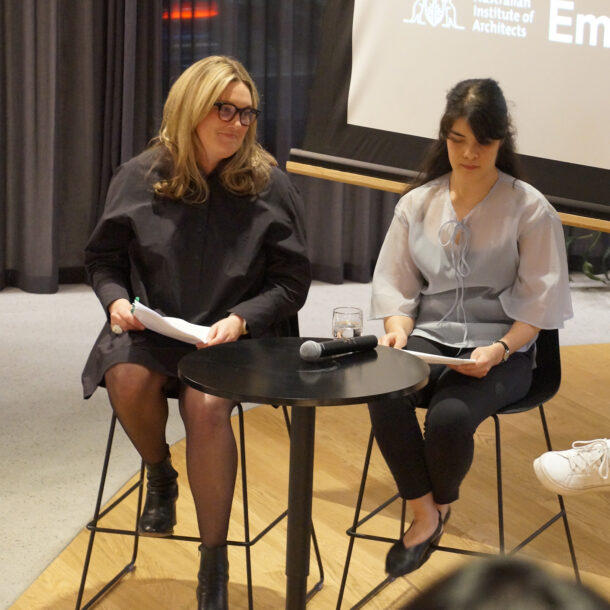

Wellness in practice
While there are many formal practices that design businesses can use to improve employee wellness, Mina Alavi notes that quite often, it is the informal things that go a long way. One of the best positions designers can find themselves in is within a practice where “leaders’ values align with yours because, at the end of the day, leadership is top down,” Clarke says. “As a graduate or student, it is extra hard to make change,” and placing yourself within a group of people that share your values can make this a lot easier.
Having recently established her own small practice, Fooks notes that prior to the event, she asked one of her staff, ‘what makes you feel well?’. The response acknowledged how the ethos and methodologies of Fooks’ business aligned to the staff member’s own values. Fooks has always been involved in advocacy, with a commitment to social change embedded in the bones of her business. “Employees connect with this and enjoy it,” she shares, explaining the importance of “believing in the company you’re working for, and working where you feel seen.”
There is a “shifting awareness around the architectural profession having poor wellness culture,” states event co-chair and Parlour director, Alison McFadyen. That is not to say that things like overtime are uncommon and will be phased out completely. “As a designer, we need to allow ourselves time to sometimes get through the niggly bits and arrive at something good,” says Fooks, acknowledging that this takes time, and that striking gold can occur, sometimes, outside of the ‘9 to 5 hours’. However, the speakers all agreed that there is real value in recording the information around how long it takes a project team to complete work. “It’s not saying you’re incapable of doing the work,” Fooks says, but rather, helpful feedback for employers that can cycle back into improving the everyday wellbeing of the practice and its staff.
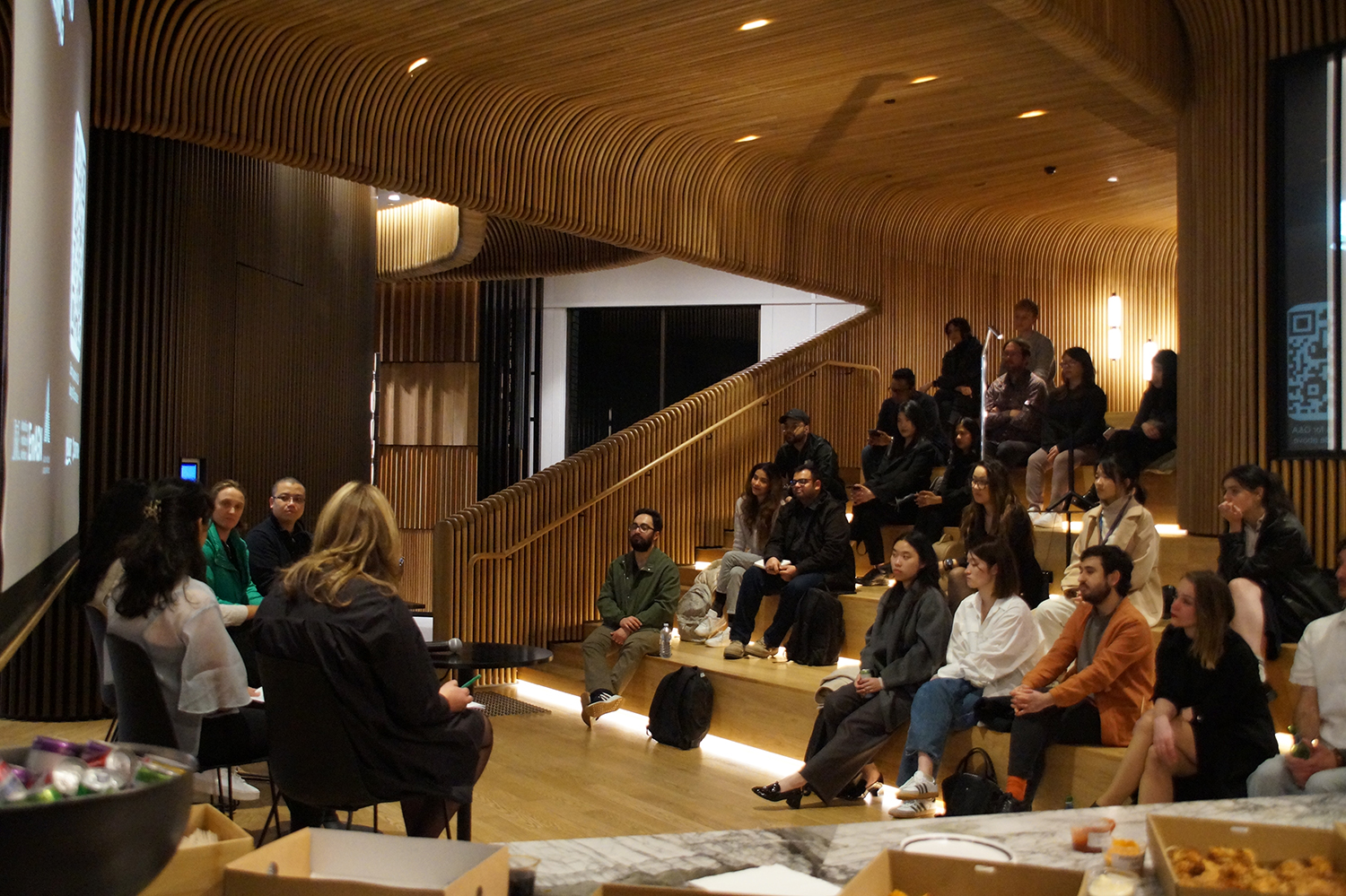
Nikita Bhopti is a writer and project architect at Sibling Architecture. She’s actively involved in curating industry events via EmAGN and her former role as Lead Curator and Secretary of New Architects Melbourne (NAM). Through her writing, Nikita is a regular contributor to several art and design publications such as Houses, Artichoke, Yellowtrace, Habitus, and Indesign, and sits on the editorial team for Architect Victoria (the official journal of the AIA).
An earlier version of this review was published by EmAGN Media.
EmAGN’s Common Ground series are often collaborative events that extend beyond the practice of architecture and into a multidisciplinary realm where allied professionals are invited into the conversation. The Wellbeing session was held on Wednesday 18 September 2024 at Sculptform Design Studio and was chaired by EmAGN co-chair Malisa Benjamins and Parlour director, Alison McFadyen.
Photos: Leila Mottaghizadeh







